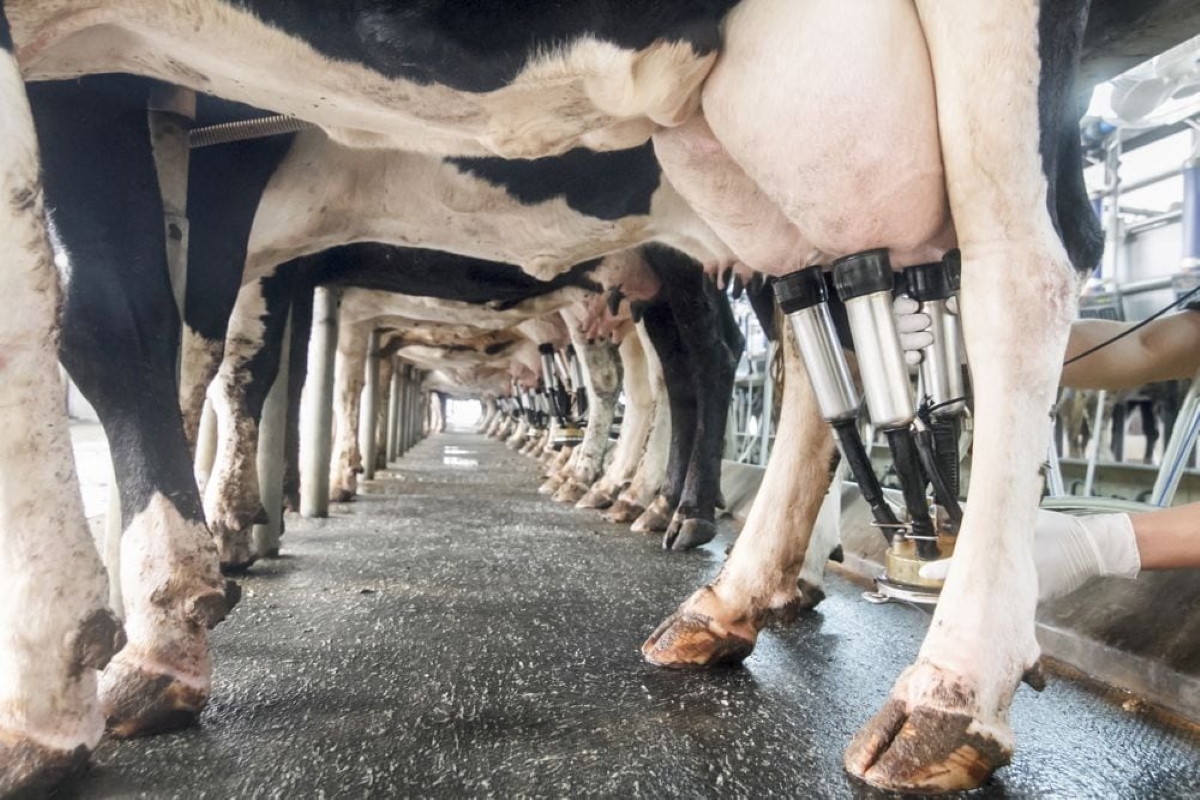Compared to last week, western Canadian yearling markets traded steady to $3 higher while calves were $4 lower to $5 higher depending on the region.
Weakness in the live and feeder cattle futures contributed to the variable price structure; however, Alberta packers were buying fed cattle in the range of $268-$270 on a dressed basis, up $3-$4 higher from seven days earlier. Improving feedlot margins in the spot market appeared to set the price floor, especially on yearlings. Backgrounding operators continue to liquidate fall-placed calves and buyers were eager to pay up on quality replacements. Lethbridge feedlots tended to focus on local cattle but orders reached throughout the Prairies with appropriate freight spreads setting the floor in the non-major feeding areas. Yearlings were a bit high-priced given the weakness in the deferred live cattle futures which caused smaller finishing operators to back away from the market. Feedlot margins are in negative territory for the summer timeframe and the rate of gain needs to be extremely efficient, given current replacement prices.
Read Also

Nestle quits global alliance on reducing dairy methane emissions
Food group Nestle said on Wednesday it had withdrawn from a global alliance for cutting methane emissions that aims to reduce the impact of dairy farming on global warming.
Yearlings were the feature at major sales and there was no shortage of demand. In the Lethbridge area, larger group of Charolais-based steers weighing 1,040 lbs. dropped the gavel at $169. In central Alberta, larger-frame lower-flesh tan steers weighing 915 lbs. were quoted at $171 while Angus-blended medium-frame lower-flesh heifers averaging 920 lbs. were valued at $160.
Most of Western Canada has received less than 40 per cent of normal precipitation over the past 30 days. Forage supplies are relatively snug and calves experienced a defensive tone. Finishing feedlots also dominated the lighter weight categories, crowding out smaller buyers. April live cattle futures held value and feed grain prices are expected to be sharply lower next fall.
In the Lethbridge area, a group of about 50 black steers weighing 557 lbs. sold for an astounding $249; a larger group of black heifers weighing just under 700 lbs. were quoted at $175. South of Edmonton, a small group of red mixed steers averaging 620 lbs. sold for $235 and mixed heifers weighing 640 lbs. were quoted at $194.
U.S. feeder markets were steady to $5 higher on average, but orders from south of the border were limited. U.S. auction market receipts have been sharply above year-ago levels for two weeks in a row, which has limited the upside in U.S. feeder cattle prices. Prices were also quite variable across the Midwest due to flooding.
— Jerry Klassen manages the Canadian office of Swiss-based grain trader GAP SA Grains and Produits Ltd. and is president and founder of Resilient Capital, specializing in proprietary commodity futures trading and market analysis. Jerry consults with feedlots on risk management and writes a weekly cattle market commentary. He can be reached at 204-504-8339.
















